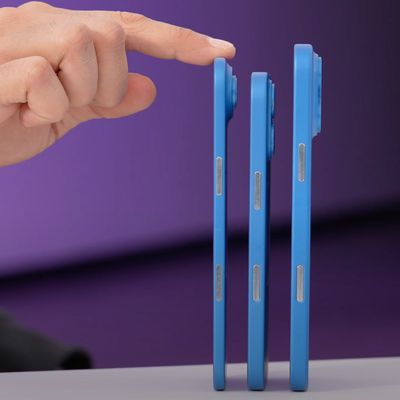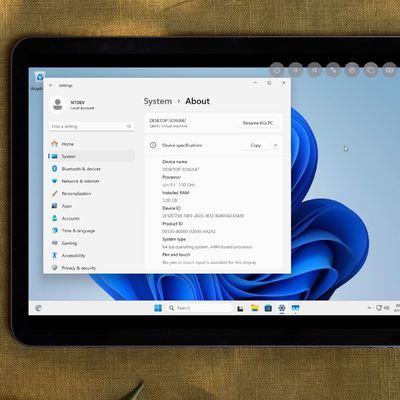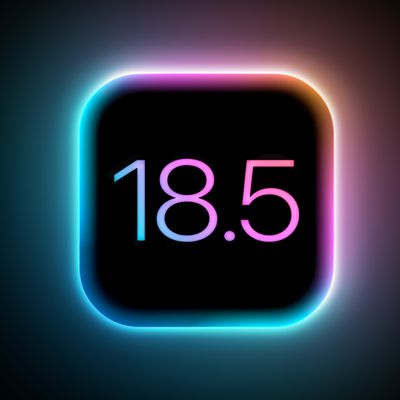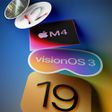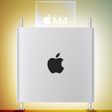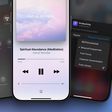Apple Looking to Eliminate Home Button on iOS Devices, Integrate Touch and Display Driver Chips?
Apple is seeking to develop an in-house single-chip solution for integrating both the touchscreen and display drivers for mobile devices onto one chip, according to a new report today from Taiwanese site DigiTimes. The touch and display driver integration (TDDI) chips would also include "integrated fingerprint sensors", potentially allowing Apple to do away with the iconic home button.
Apple is internally developing touch and display driver integration (TDDI) single-chip solutions for its iPhones, according to sources in Taiwan's IC design industry.
The TDDI single-chip solutions will also come with integrated fingerprint sensors, said the sources. The integrated design would fit into future iPhone designs – models with ultra-thin and ultra-narrow displays, and with a whole plane design eliminating the Home button.
TDDI is a new advance in the industry, with Synaptics introducing the first such solution earlier this year. Synaptics created its new TDDI chips by leveraging its recent acquisition of chipmaker Renesas SP Drivers, combining Synaptics' touch technology chipset with Renasas' display technology. Apple reportedly explored acquiring Renesas SP Drivers last year but the talks failed to lead to a deal.
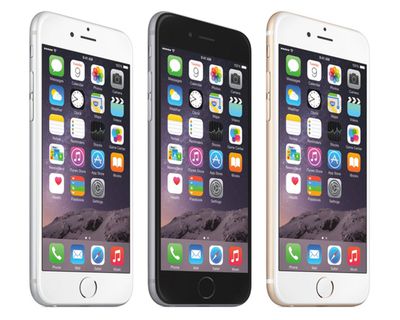
Synaptics had hoped its acquisition of Renesas SP Drivers and its TDDI chips would entice Apple to once again become a Synaptics customer, but today's report suggests Apple is pursuing its own solutions.
DigiTimes suggests Apple's solution could eliminate the traditional iOS device home button, presumably by integrating its functionality into the device's screen, something Apple has explored in previous patent applications. This could allow future iPhones to see increased display sizes with edge-to-edge screens or smaller form factors with the same 4.7-inch and 5.5-inch displays seen on today's models.
Popular Stories
Despite being more than two years old, Apple's AirPods Pro 2 still dominate the premium wireless‑earbud space, thanks to a potent mix of top‑tier audio, class‑leading noise cancellation, and Apple's habit of delivering major new features through software updates. With AirPods Pro 3 widely expected to arrive in 2025, prospective buyers now face a familiar dilemma: snap up the proven...
Apple plans to release an all-new super thin iPhone this year, debuting it alongside the iPhone 17, iPhone 17 Pro, and iPhone 17 Pro Max. We've seen pictures of dummy models, cases, and renders with the design, but Lewis Hilsenteger of Unbox Therapy today showed off newer dummy models that give us a better idea of just how thin the "iPhone 17 Air" will be.
The iPhone 17 Air is expected to be ...
A developer has demonstrated Windows 11 ARM running on an M2 iPad Air using emulation, which has become much easier since the EU's Digital Markets Act (DMA) regulations came into effect.
As spotted by Windows Latest, NTDev shared an instance of the emulation on social media and posted a video on YouTube (embedded below) demonstrating it in action. The achievement relies on new EU regulatory...
Apple's iPhone development roadmap runs several years into the future and the company is continually working with suppliers on several successive iPhone models simultaneously, which is why we often get rumored features months ahead of launch. The iPhone 17 series is no different, and we already have a good idea of what to expect from Apple's 2025 smartphone lineup.
If you skipped the iPhone...
Apple seeded the third beta of iOS 18.5 to developers today, and so far the software update includes only a few minor changes.
The changes are in the Mail and Settings apps.
In the Mail app, you can now easily turn off contact photos directly within the app, by tapping on the circle with three dots in the top-right corner.
In the Settings app, AppleCare+ coverage information is more...
Apple will unveil the iPhone 17 Pro in a new Sky Blue color, the same color that debuted on the latest M4 MacBook Air models Apple released in March. That's according to the leaker Majin Bu.
Concept mockup from Majin Bu
Writing on his website, Bu claims that "sources close to the supply chain confirm that several iPhone 17 Pro prototypes have been made in various colors, with Sky Blue...
While the iPhone 17 Pro and iPhone 17 Pro Max are not expected to launch until September, there are already plenty of rumors about the devices.
Subscribe to the MacRumors YouTube channel for more videos.
Below, we recap key changes rumored for the iPhone 17 Pro models as of April 2025:
Aluminum frame: iPhone 17 Pro models are rumored to have an aluminum frame, whereas the iPhone 15 Pro and ...




